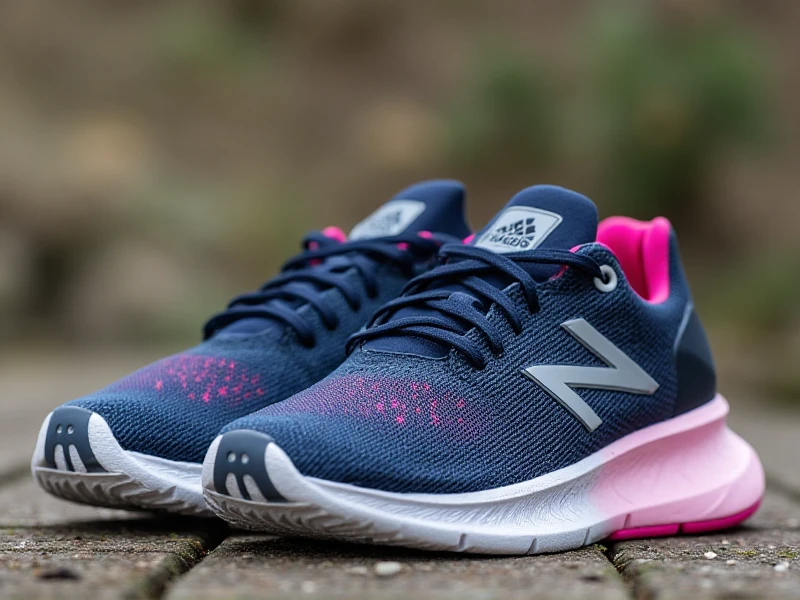The Ultimate Guide to Men's Training Shoes: How to Choose the Perfect Pair

Finding the right pair of men's training shoes is crucial for anyone serious about their fitness routine. Unlike running shoes designed primarily for forward motion or basketball shoes made for court stability, training shoes need to be versatile. They must support complex movements like lateral cuts, jumps, lifts, sprints, and agility drills. Choosing poorly can lead to discomfort, decreased performance, or even injury. This guide will help you navigate the key factors to find your perfect training companion.
Why Dedicated Training Shoes Matter
Wearing specialized men's training shoes offers significant advantages:
- Enhanced Stability & Support: Features like wider bases, reinforced heels, and supportive midsoles provide the foundation needed for lifts (squats, deadlifts) and prevent ankle rolls during lateral movements.
- Optimal Flexibility & Ground Feel: They offer just the right amount of flexibility in the forefoot for agility work while maintaining underfoot support. This 'ground feel' is vital for balance during lifts.
- Improved Traction: Outsoles are designed with multi-directional patterns to grip various surfaces securely during pushes, pulls, stops, and changes of direction.
- Durability: Training involves abrasive surfaces and high stresses; quality trainers are built tough to withstand this constant wear.
Key Features to Look For in Men's Training Shoes:
- Support & Stability: Look for a secure heel counter and a stable platform. A wider sole base (especially in the forefoot) creates a solid foundation for heavy lifts. Excellent lateral support prevents your foot from rolling during side-to-side motions.
- Cushioning: The cushioning needs to strike a balance. It should absorb impact during jumps and plyometrics but not be so soft that it feels unstable underfoot during lifts (like squats or deadlifts). Look for responsive, firmer cushioning.
- Traction: A versatile, non-marking rubber outsole with a multi-directional tread pattern is non-negotiable. It must grip reliably on gym floors, turf, or even concrete during outdoor functional training.
- Flexibility: The shoe needs to flex with your foot during dynamic movements like lunges and sprints, without compromising overall support. Focus on forefoot flexibility.
- Fit & Comfort: A snug, secure fit without being overly tight is essential (especially in the midfoot). Toe box width is crucial – you need room to splay comfortably. Prioritize breathable materials to keep feet cool during intense sessions.
- Durability: Reinforcements in high-wear areas (toe box, medial side) and robust materials ensure your investment lasts through countless workouts.
Popular Types & Top Brands
Several leading brands excel in men's training shoes:
- Nike Metcon: Renowned for durability and stability, ideal for CrossFit and heavy lifting days.
- Reebok Nano X: Known for exceptional versatility, comfortable cushioning, and strong grip.
- Under Armour Project Rock: Built for intense training with incredible durability and support, influenced by Dwayne Johnson.
- Adidas Dropset Trainer: Offers responsive cushioning and a wide, stable base.
- New Balance Minimus TR: Focuses on minimalist design, ground feel, and flexibility – great for functional training purists.
- NOBULL Trainers: Simple design, highly durable materials, and versatility.
The Bottom Line
Don't underestimate the power of the right footwear for your training regime. Investing in a quality pair of men's training shoes tailored to your specific activities and foot type enhances your performance, safety, and overall gym experience. Assess your primary training style, prioritize key features like stability and traction, and try shoes on to ensure a perfect fit. The difference the right pair makes is undeniable. Ready to find yours?